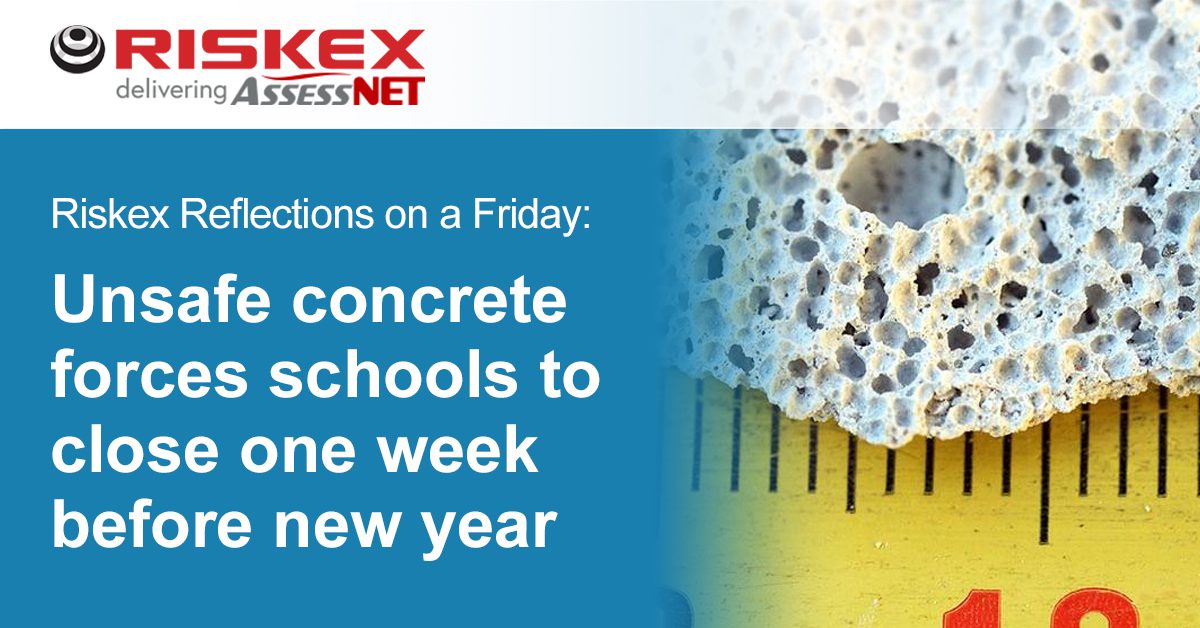
The news comes less than one week before the start of a new school year.
The concrete in question is called reinforced autoclaved aerated concrete (RAAC), and it was used to construct roofs, floors and walls in schools between the 1950s and 1990s. What makes the concrete so dangerous is how it is made, it’s a cheaper alternative to regular concrete as it is aerated (or “bubbly”), however, this comes at the cost of its durability, with the lifespan of the concrete being “around 30 years” and is prone to collapse when wet.
The Health and Safety Executive says RAAC is now beyond its lifespan and may “collapse with little or no notice”.
The consequences of leaving school buildings unchecked can be dire, as can be seen from a prosecution from the HSE last week.
There are 156 settings in England with confirmed RAAC, according to Department for Education (DfE) data. Of those, 52 already had safety mitigations in place, and 104 were being contacted this week about getting them in place.
But more schools may be affected. Back in June, a report by the National Audit Office assessed that 572 schools had been identified where RAAC might be present.
Due to the high risk of a dangerous accident, schools have been ordered to introduce safety measures or, if they are unable to do so, make arrangements for pupils to learn elsewhere, whether that be online, in temporary classrooms or at a different school.
Latest News
Riskex Limited
BizSpace
Linford Forum
18 Rockingham Drive
Milton Keynes
Buckinghamshire
MK14 6LY
What3words reference:
Contact us
Make an enquiry:
Company No. 05174302
VAT No. 844 5092 22


